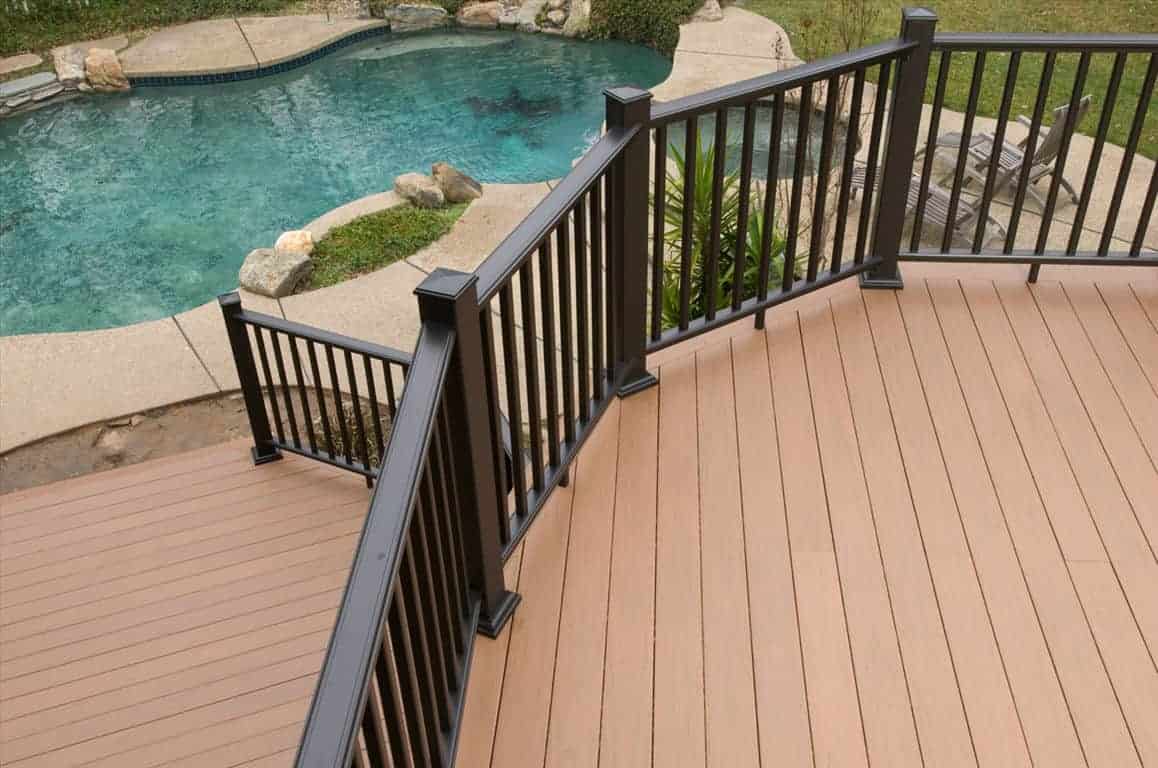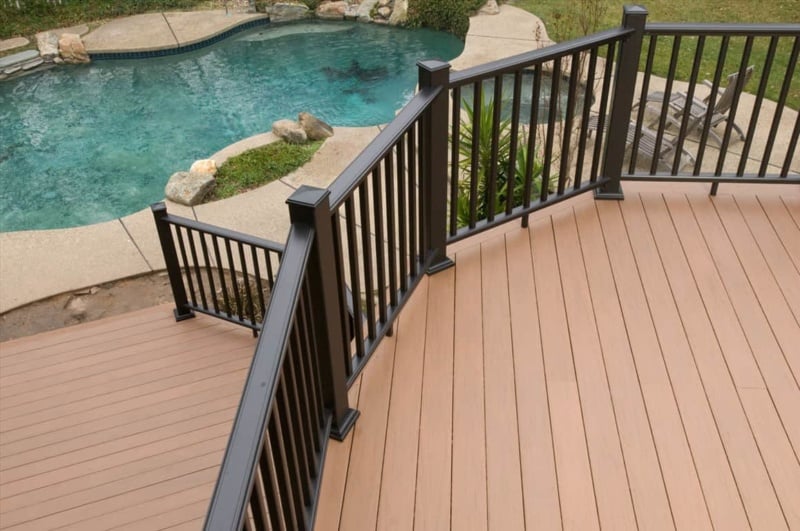
New Options for Exterior Trim and Moulding
Trim, moulding, and columns can be used to add the finishing touches that bring your home’s exterior design together. But for years, these decorative additions have only been available in wood – until now.
New innovations in home design have a lead to the creation of PVC trim and moulding solutions. PVC is a synthetic plastic polymer that outperforms wood in almost every category – read on to learn more about how you can enhance your home with PVC moulding.

Why PVC?
If this is your first time hearing about PVC, you might be worried by the word “plastic”. Won’t plastic look tacky compared with natural wood?
That may have been true decades ago when it was just entering the exterior design market. But since then, brands like Azek, Royal, and Versatex have worked hard to perfect their synthetic products and make them look as close to real wood as possible – without the maintenance hassles that come with it.
PVC can be used in all of the same applications as wood, including crown mouldings, column wraps, brick moulding, garage door trim, and trim for deck railing. PVC has expanded to other applications, too — Azek now offers durable and attractive plastic decking.
How is it Installed?
While PVC looks like wood and cuts like wood, the installation process is different in some ways. For starters, you may need to stock up on new hardware. You’ll need to use stainless steel trim nails to fasten PVC so that the nails last as long as the trim.
Because plastic is more sensitive to changes in temperature than wood, you’ll need to accommodate this during the installation process. If the temperature outside is warmer than 70 degrees, it’s recommended that you leave a small gap to allow the material to expand. More on this process can be found here.
Benefits of PVC Trim & Moulding
If you’re still not convinced that PVC moulding and trim solutions are the way to go, consider the following benefits that this synthetic material has over wood.
Resistant to Rot
Rot requires three ingredients – water, warmth, and wood. By eliminating wood, synthetic moulding is 100% rot resistant. Even if you live on a waterfront property in an extremely hot and humid climate, you never have to worry about your outdoor trim becoming a feast for fungi.
Low Maintenance
To keep exterior wood finishes from turning to moldy mush, they need to be re-painted and re-caulked every year or two. The money and time you have to spend on this chore adds up. And even if you’re diligent with this routine, wood rot is pretty much inevitable – you’ll have to replace it eventually.
The next time you find that the trim around your windows or deck posts has become spongy with rot, replace it with low-maintenance PVC instead. Not only will you be able to stop worrying about rot, but you also won’t have to worry about painting and caulking to keep your moulding in perfect condition.
The most you’ll have to do to take care of your PVC trim is clean it with water and a mild detergent if it gets dirty – yes, it’s as simple as that!
Termite Proof
A termite infestation is every homeowner’s worst nightmare. Especially in the Southern US where these infestations are the most common, homeowners have to be extra vigilant to prevent them.
One of the best ways to prevent termites is to take away their primary source of food – wood. Since it’s made of plastic, you won’t have to worry about pests feasting on your PVC trim.
Water Resistant
Plastic doesn’t absorb water like wood does. Not only does this prevent rot, but it also helps the material hold paint better than wood.
Even if you don’t plan to replace all of the mouldings around your home with synthetic materials, installing PVC in areas that are the most exposed to rain can help you avoid frequent replacement costs.
Fade Resistant
Another common problem with exterior wood is fading. You may have picked out the perfect color to complement your home’s aesthetic, but over time, sun exposure can cause the wood’s color to change.
PVC provides protection from UV rays as well as significant fade resistance, ensuring your moulding stays the color you chose for many years to come.
Environmentally Friendly
If you were turned off by the word “plastic” for environmental reasons, you may be surprised to find out that PVC trim is actually more environmentally friendly than wood in many cases.
Like PVC decking, PVC trim is often made from recycled materials. And because it’s lighter and lasts much longer than wood, it requires fewer resources to produce and transport. Manufacturers like Versatex even go so far as to recycle close to 100% of their processed waste.
Downsides to Consider
Every material has its ups and downs. While there are many advantages to installing PVC moulding, there are also several downsides you should consider before you make a decision.
- PVC trim should NOT be painted with dark colors. PVC painted with dark colors expands quickly in direct sunlight, causing noticeable cracks.
- PVC products from top brands like Azek tend to be more expensive up front than wood. However, the investment is worth it for what you save on long-term maintenance costs.
Where to Find PVC Products
From the trim on your front door to the columns on your porch, there are countless ways to use low-maintenance PVC in and around your home or out on your dock.
Decks and docks may be our specialty, but our selection extends beyond PVC decking to include a variety of railing, siding, trim, and other accessories. See our full inventory for yourself — stop by your nearest Decks & Docks location or give us a call to speak with an expert!
